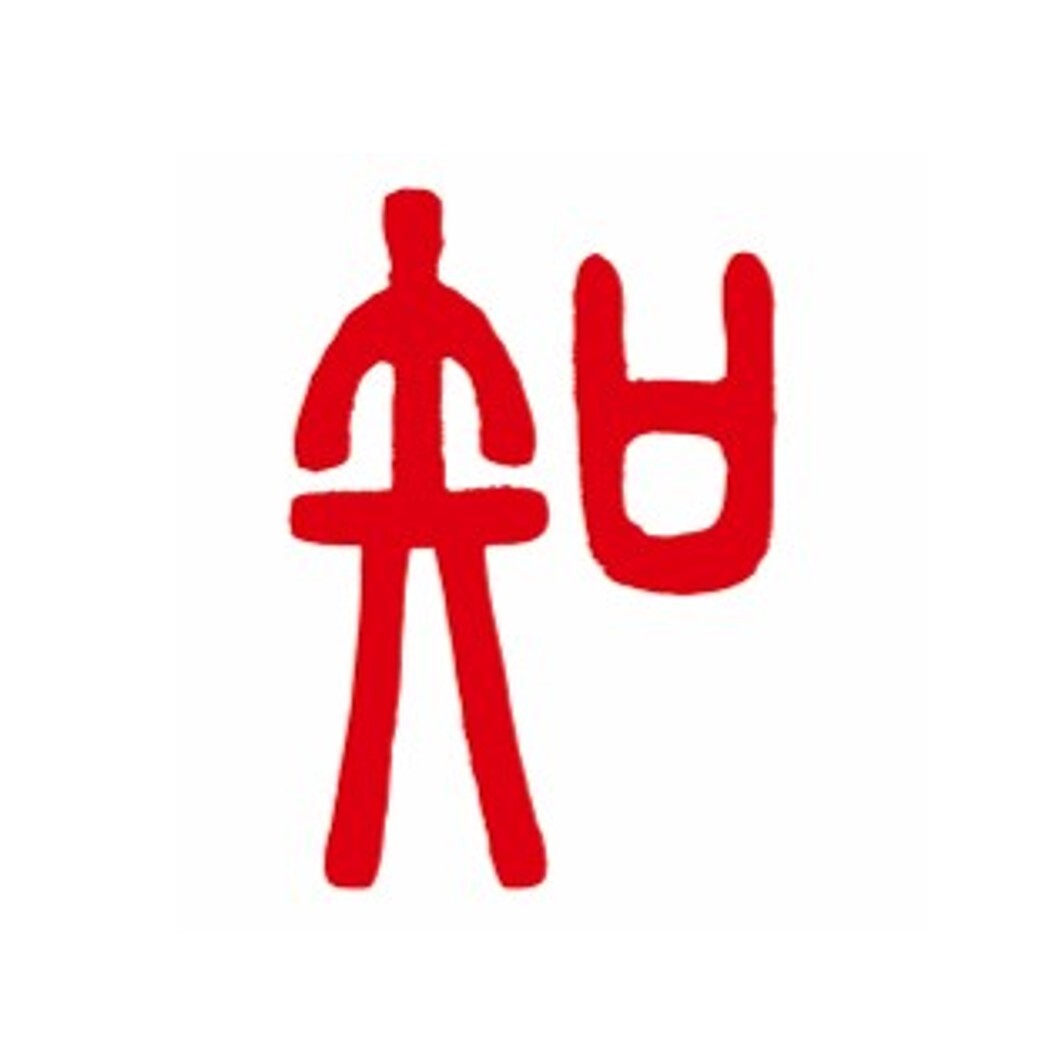[China] Changes in the image of "domestically produced" products among Chinese consumers
- Release date: Dec 12, 2023
- 7186 Views

When Japanese people hear the words "domestically produced," they are likely to associate it with positive images such as "safe and secure," "high quality," and "reasonable. Similarly, when Chinese hear the word "domestically produced," they are likely to associate it with negative images such as "poor quality," "insecure," and "tacky" (especially those in their 30s and older). However, over the past dozen years, Chinese manufacturers have been improving quality and steadily gaining strength through product and marketing strategies that utilize live commerce. Especially among younger consumers, the line between domestic/imported/joint venture brands has become blurred, leading to purchasing behavior as long as value is perceived. This paper examines changes in the image of "domestically produced" for Chinese consumers.
Imports = High Quality Era
Shanghai, where the author spent his childhood in the 1990s, was in the limelight of the reform and open-door policy and grew to become China's foremost economic center. Originally a city of immigrants, the city actively invited foreign brands under the slogan "Kaina Baichuan" (a four-character idiom meaning "to accept diverse cultures and realize coexistence and co-prosperity"). In this context, Japanese manufacturers, which had just achieved a period of rapid economic growth, also took advantage of their geographical location, and many Japanese brands entered the Chinese market, with Shanghai at the forefront. The names of eminent Japanese manufacturing giants such as Panasonic, Sony, Toyota, Honda, Nissan, and Olympus were well known in Chinese households, and owning a Sony color television was the envy of one's classmates. At the time, the gap between China and other countries in the manufacturing industry was so great that foreign (or Japanese) products were synonymous with high quality and symbolic of the wealthy.
For Chinese people in their 30s and older, the memory is so ingrained that although not as strong as before, the image of imports = high quality still lingers in the corner of their minds and has probably not been completely dispelled.
the rise of chinese manufacturers
But times are changing, especially in China. Since the beginning of the 1990s, China has maintained a steady GDP growth rate of around 10%, and in 2010, it finally took over the second place from Japan, which had been sitting in the second place for 42 years. In 2010, China finally took over the second place where Japan had been for 42 years. In order to dispel the image of "Made in China" as cheap and inferior, designers from abroad have been brought in to renew the appearance as well as the content of products. In China, there is a trend called the "national currency tide," which is particularly popular in general consumer goods such as cosmetics. While the political element of "patriotism" is undeniable, one interpretation is that "Chinese-style design" is favored on the assumption that specifications are at the same level. Designs incorporating traditional Chinese elements such as Chinese characters, dragons, phoenixes, carp, peonies, Chinese dresses, fans, and lanterns are gaining popularity, especially among young people.
Example 1: Hana Saiko (Cosmetics)
Recently, the Chinese cosmetics brand "Huaxizi (Floracis)" has been attracting attention. When one hears of Chinese cosmetics, one may be concerned about the safety of the ingredients and contents, but many Floracis cosmetics are made with natural ingredients and can be used with peace of mind with little burden on the skin.
In addition to this, the key to their popularity is their beautiful visuals, which look like works of art with plenty of Chinese classical elements.
According to Chinese media reports (*1), the brand's sales grew from about 2 billion yuan (about 40 billion yen) in 2007 to about 3 billion yuan (about 60 billion yen) in 2008, and topped 5.4 billion yuan (about 108 billion yen) in 2009.
In March of this year, the company began online sales to Japan as its first step toward overseas expansion. Consumer reviews of the product (※2)have revealed words such as "too beautiful" and "elegant and glossy," and we feel that the product conveys the image we were aiming for.
(*1) Source: 36Kr Japan "Popular Chinese cosmetics company "Hana Xizi" to strengthen its Japanese expansion and open a store in Tokyo "@cosme STORE" soon" (2023/2/24)
(※2)Consumer Review Source: https://www.cosme.net/brand/brand_id/123653/reviews
Design based on the motif of the four great spiritual beasts of ancient Chinese mythology: the blue dragon, the red bird, the white tiger, and the black turtle.
The design emphasizes the beauty of white porcelain by multiplying the English meaning of "China" (porcelain).
Example 2: BYD (automobile)
The company's Chinese name is BYD. Since its establishment in 1995, the company has evolved from a battery manufacturer to a commercial vehicle EV manufacturer to a passenger car EV manufacturer (also manufacturing other types of EVs), and in less than 30 years, it has surpassed Tesla to become the world's largest EV manufacturer (by 2022).
The company's rapid growth can be attributed in part to its technological prowess. The company's corporate philosophy is "Technology is king, innovation is the foundation. The company made its first ever entry into Japan and currently has three models on the market (Seal, Dolphin, and Atto3).
The company is developing two major series, the "Ocean" and "Dynasty" series, with the "Dynasty" series being a luxury line. ([Reference] BYD's Dynasty series website) The author has been a calligrapher since he was a child, and the typefaces of "Han, Tang, Qin, Song, and Yuan" are "Slave" typefaces, which are associated with Chinese civilization that has existed since the time of the First Emperor of China. All of these five eras were prosperous periods in Chinese history. It is clear that the brand intends to superimpose its brand image on the good old days.
I asked the test driver.
A Chinese friend of mine who lives in Japan test-drove a BYD and commented that it was more advanced than Japanese cars in terms of software, such as the interface, and that it felt like "a combination of a mobile phone and a smartphone.
Use of live commerce (TikTok, etc.)
Chinese brands are good at utilizing live commerce through apps such as TikTok. It is difficult for foreign brands to keep up with the diffusion and topic creation from live commerce. In contrast, the impression that Japanese brands are less advertised is often voiced in many categories, and for Chinese consumers, "well advertised" = "company's star product" = "guaranteed quality" easily creates associations, which weakens the presence of Japanese brands.
Brand name transition
With the success of localization of foreign brands, the boundaries of brand nationality have become less clear. For example, Daikin → Daikin (air conditioners), Venetia → 启辰 (Nissan's local brand), Nippon Paint → Ritsubang Urushi (building materials), Aupres → Oukourai (Shiseido's local brand), etc. At the same time, there has been a borderless shift in the nationality of brands due to the entry of domestic brands into overseas markets and the use of Western-style naming. For example, there are many brands whose nationality is quite difficult to determine, mainly in the cosmetics industry, such as 欧诗漫 (OSM) and 珀莱雅 (PROYA).
In other words, while foreign brands have worked hard to develop their products in a Chinese style to fit in with Chinese consumers, Chinese brands have been Europeanizing their products in order to expand overseas and to be accepted by Chinese consumers who have always had a preference for imported products.
Finally.
Consumers who are aware of the background of "superstitious belief in foreign brands and distrust of domestic brands" are those in their 30s or older, and their children, who are the main consumers, conversely, should not be familiar with the above market formation trends. Therefore, unlike their parents' generation, the younger generation does not have a strong preference for brand names in a borderless market, and their view of consumption is that "as long as it feels valuable, it is good. In order to connect with the values of the next generation of consumers, Chinese brands, as we have seen, are using the following elements: 1) improvement of product quality, 2) design that combines elements unique to China with global and advanced design, and 3) use of live commerce to transform the image of "Made in China" from the traditional "global factory with predetermined designs" to a "made in China" image. The company is trying to change the image of "Made in China" from "a global factory that mass-produces products based on predetermined designs" to "creating from design". In other words, to put it simply, we are facing a turning point in the era of redefinition from "monozukuri (just making things)" to "monozukuri (creating things). We should pay close attention to the future changes in Chinese brands and consumers' views on consumption to see whether brands will become more borderless in the future as they undergo such redefinition.
Translated by AI translator
-

Author profile
Kou Li
A researcher from Shanghai, China who spent 1/3 of his life in Japan. Lives with his Japanese wife and two children, ages 1 and 5, and loves to read.
-

Editor profile
Kenichiro Takahashi
Global Market Surfer Operations Manager, has been involved in research and branding in the mobility industry for more than 10 years.
On his days off, he works with local children as a youth soccer coach.
 Global Market Surfer
Global Market Surfer CLP
CLP